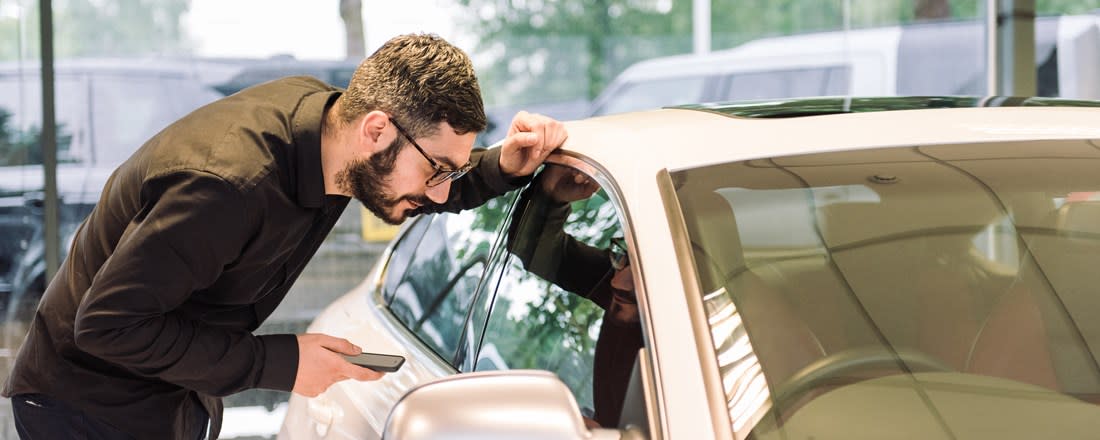What should you look for when buying a used car?
Buying a used car is a process thousands of people go through. For many, buying a second-hand motor is a cheaper and more affordable way of getting mobile and with thousands of used cars available across the UK, there are plenty of options.
But what should you look out for when buying a used car? Here, we take a look at some of the key aspects you need to think about.
Mileage
The number of miles that a car has covered has an impact on how much it’ll cost to buy and the amount of wear-and-tear it has taken on. However, mileage does make more of an impact on certain vehicles more than others.
For instance, a diesel car will fare better with higher miles – providing it has been well serviced – compared to a smaller-engined petrol car. It’s always worth double-checking that a vehicle’s claimed mileage matches up with the mileage posted on its MOT records – something you can easily check online.

Servicing
A good service history is a sign that a car has been looked after. For older vehicles, it might be the case that servicing has been carried out by a local mechanic or specialist, but there’s no need to worry – provided it has been checked over routinely, any issues should have been rectified.
If a car doesn’t have a thorough service history, you’ll be able to get more money off. Of course, this comes with additional risk as a lack of service history could throw up some mechanical issues in the future.
Interior wear and tear
There are some areas to check when it comes to a car’s interior. The seat bolsters – the padding on either side of the main part of the seat – can often prove prone to damage as people get in and out of the car, while the central armrest can also get some abuse.
Check the gearstick too. If it’s worn it could be a sign that a car has had quite a hard life, so check closely.
Tyre wear
Tyres are a crucial part of a car’s setup. After all, they’re the one point of contact between the vehicle and the road. They’re expensive, too, so it’s best to check that any car you’re looking to buy has tyres that are in decent shape.
Check the sidewalls of the tyre for cuts or bulges and ensure that the tread has at least 1.6mm of depth. You can measure this using a 20p coin – if the outside band is obscured, then the tyres are within the legal limit. If you can see the band, then they need replacing and you’ll need to negotiate with the seller about the cost of replacements.

Outstanding finance
Many people buy their cars via finance options, which is why it’s so important to check whether any vehicle you’re looking at doesn’t have any outstanding finance on it. If you bought the car and registered it in your name, you could be liable for any outstanding payments.
The best way to check is via an online search. There are many third-party suppliers who will be able to give you a comprehensive history check – including any outstanding finance – for a small fee. It’s well worth doing.
Lights and signals
It’s a good idea to give all of the major controls, lights and signals a press to make sure that they’re operating correctly. You should also bring a friend who will be able to check that all of the lights and indicators work as they should while you operate the controls from the inside of the car.

Test drive
One of the crucial parts of buying a used car is the test drive. Of course, at the moment it’s a good idea to drive while wearing a mask if you’re being accompanied by the owner and give the main controls a sanitise beforehand too.
When it comes to what to look out for, check the brakes for smooth, steady operation. You should also ensure that when accelerating the power is delivered in a smooth fashion without any misfires or lumps.
As far as steering goes, a good trick is to drive to a large empty area – a supermarket car park is ideal – and drive slowly while putting on full steering lock in both directions. Do the same in reverse and it should flag up any issues with the steering or suspension. Always remain aware of your surroundings when doing this and take your time.


